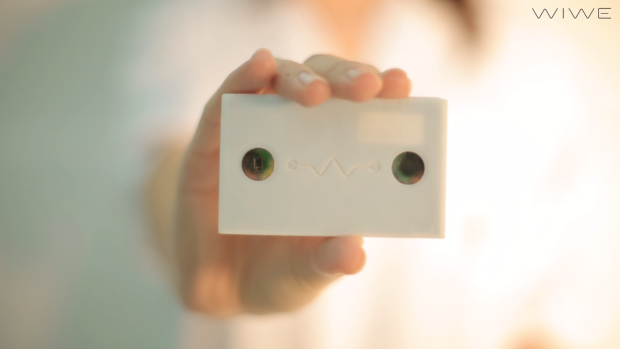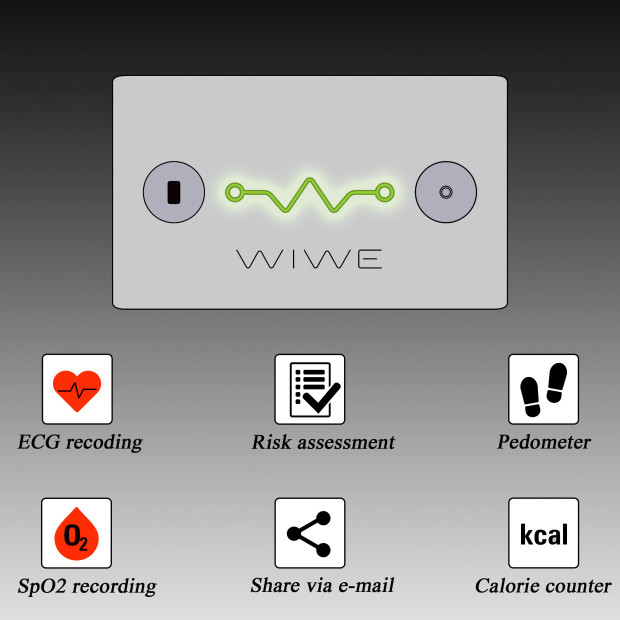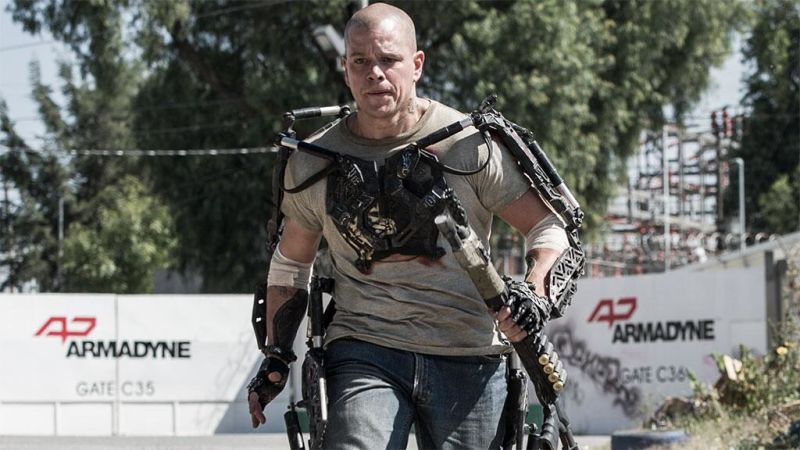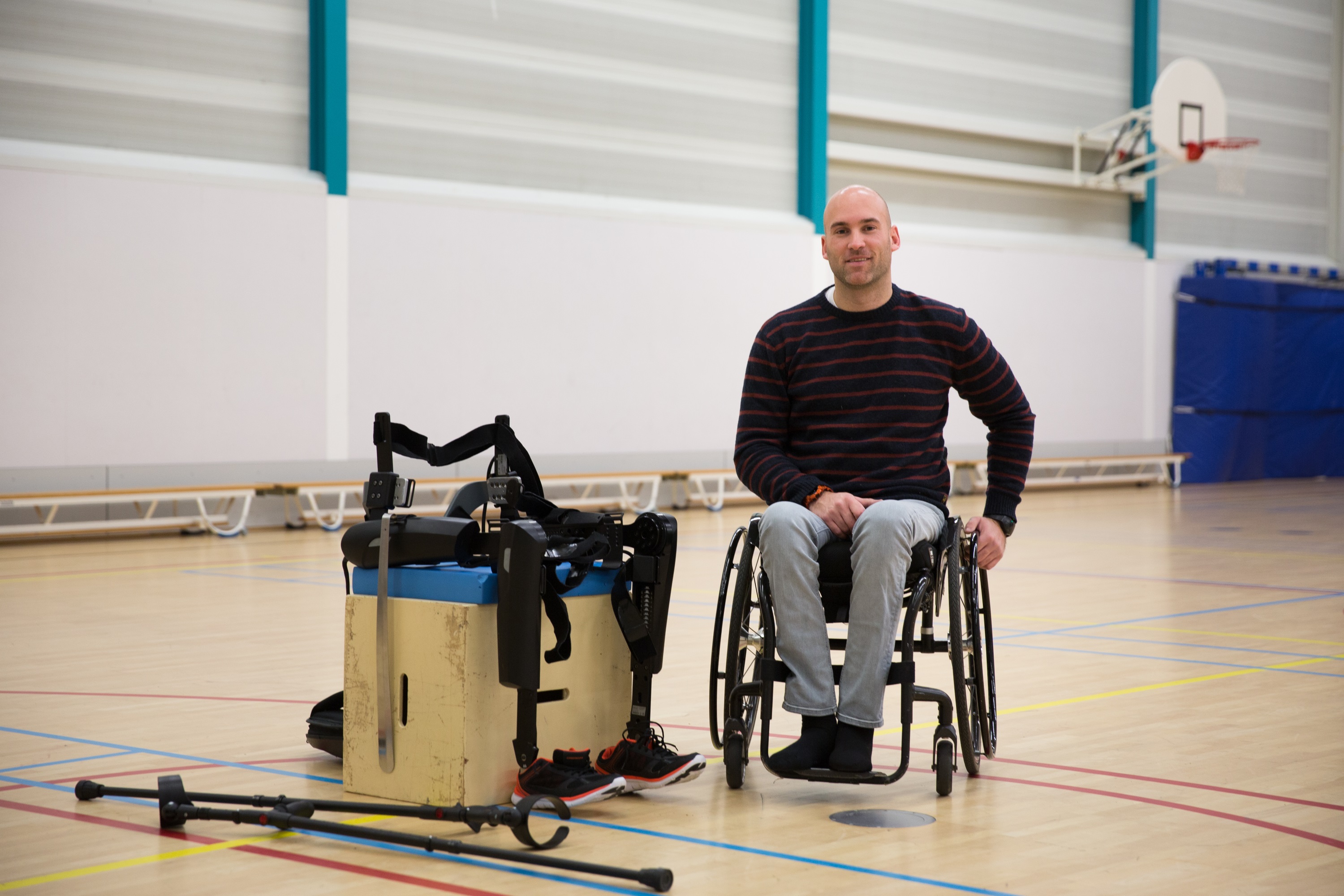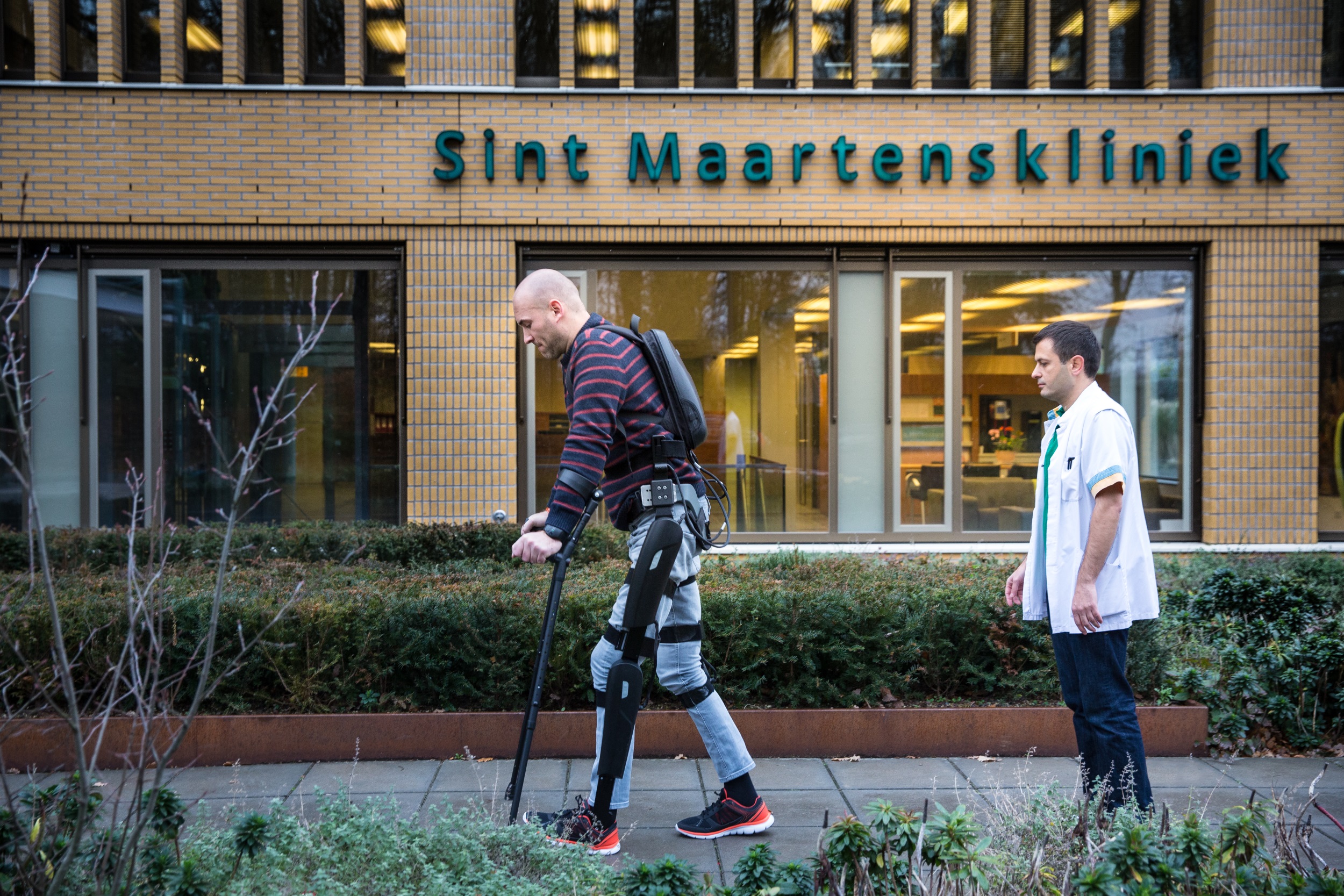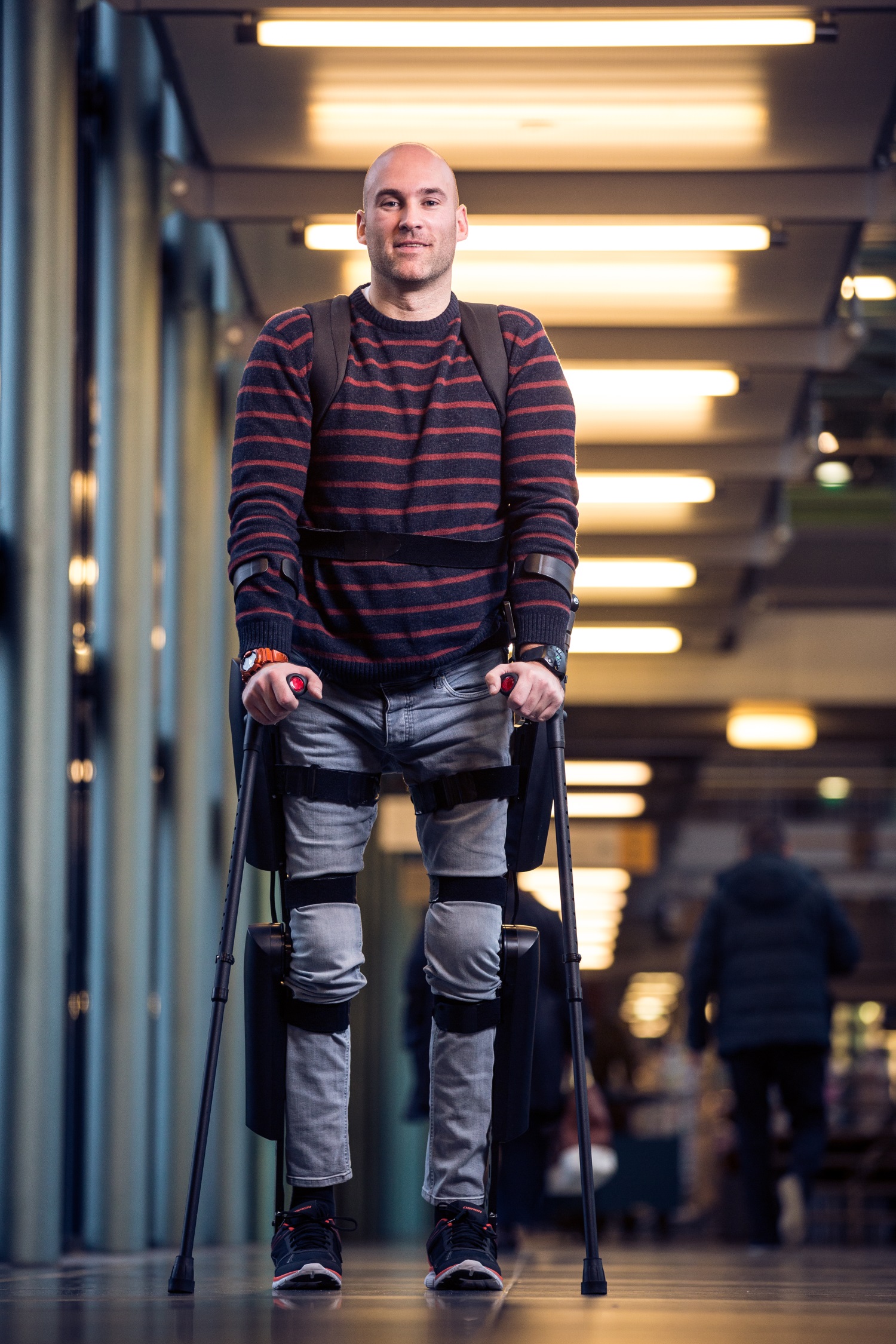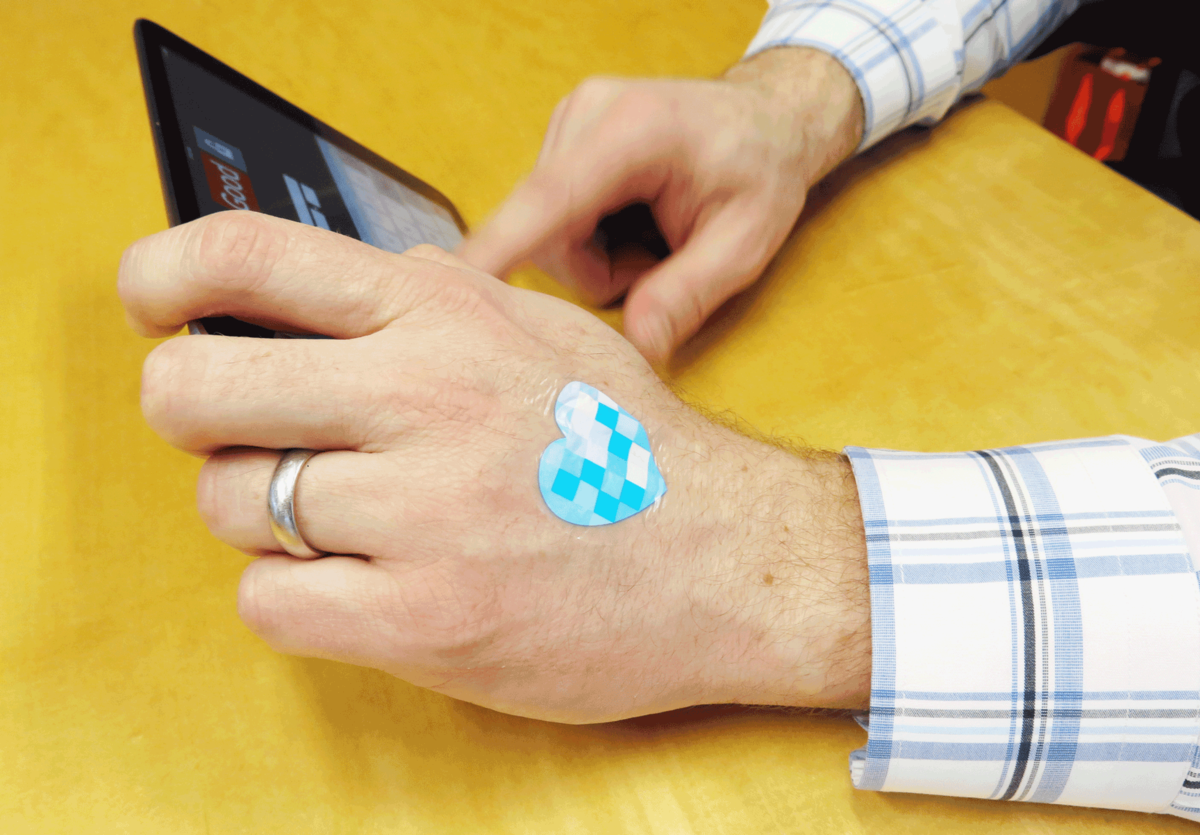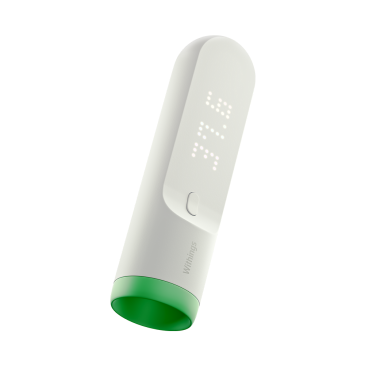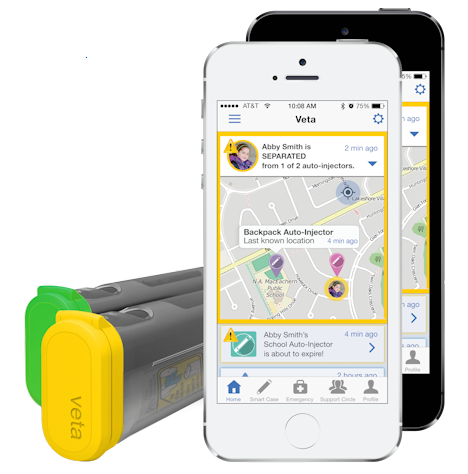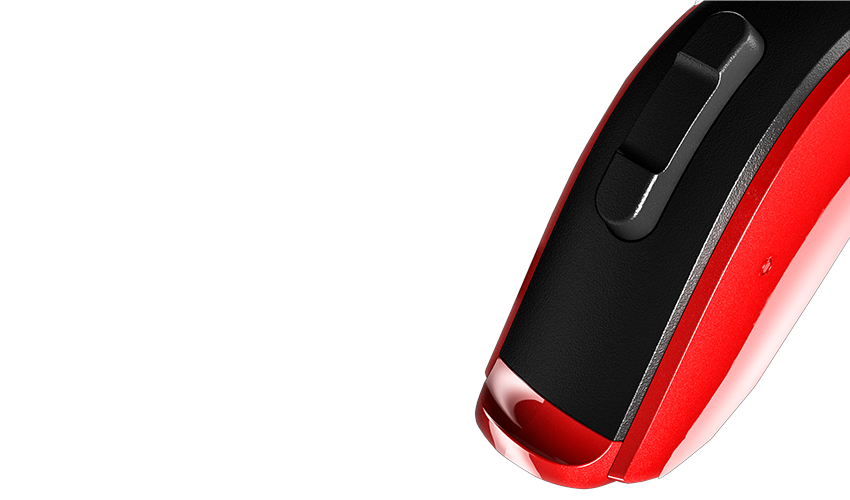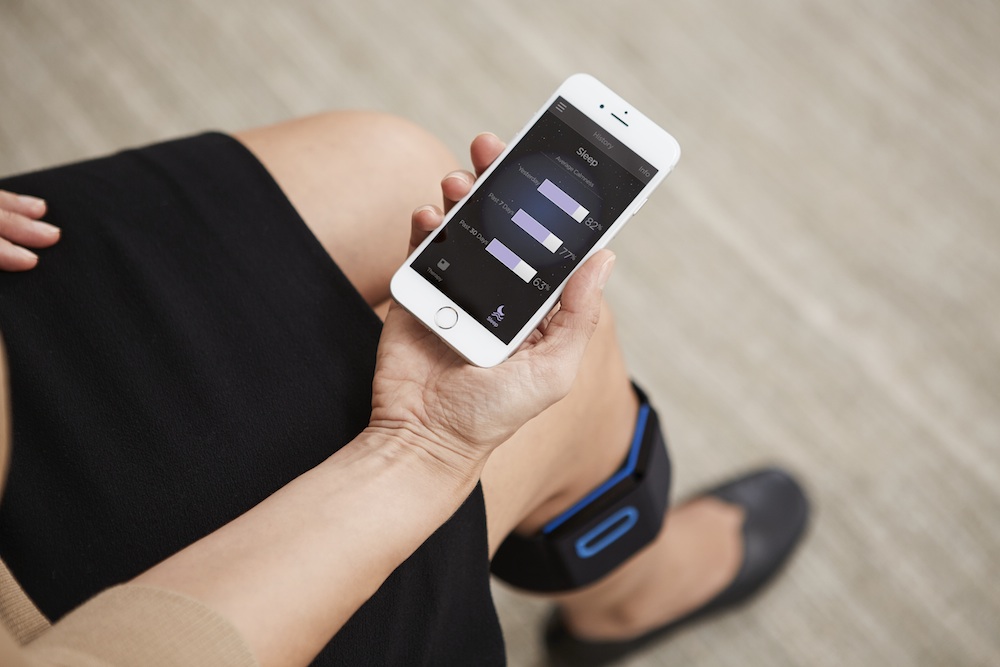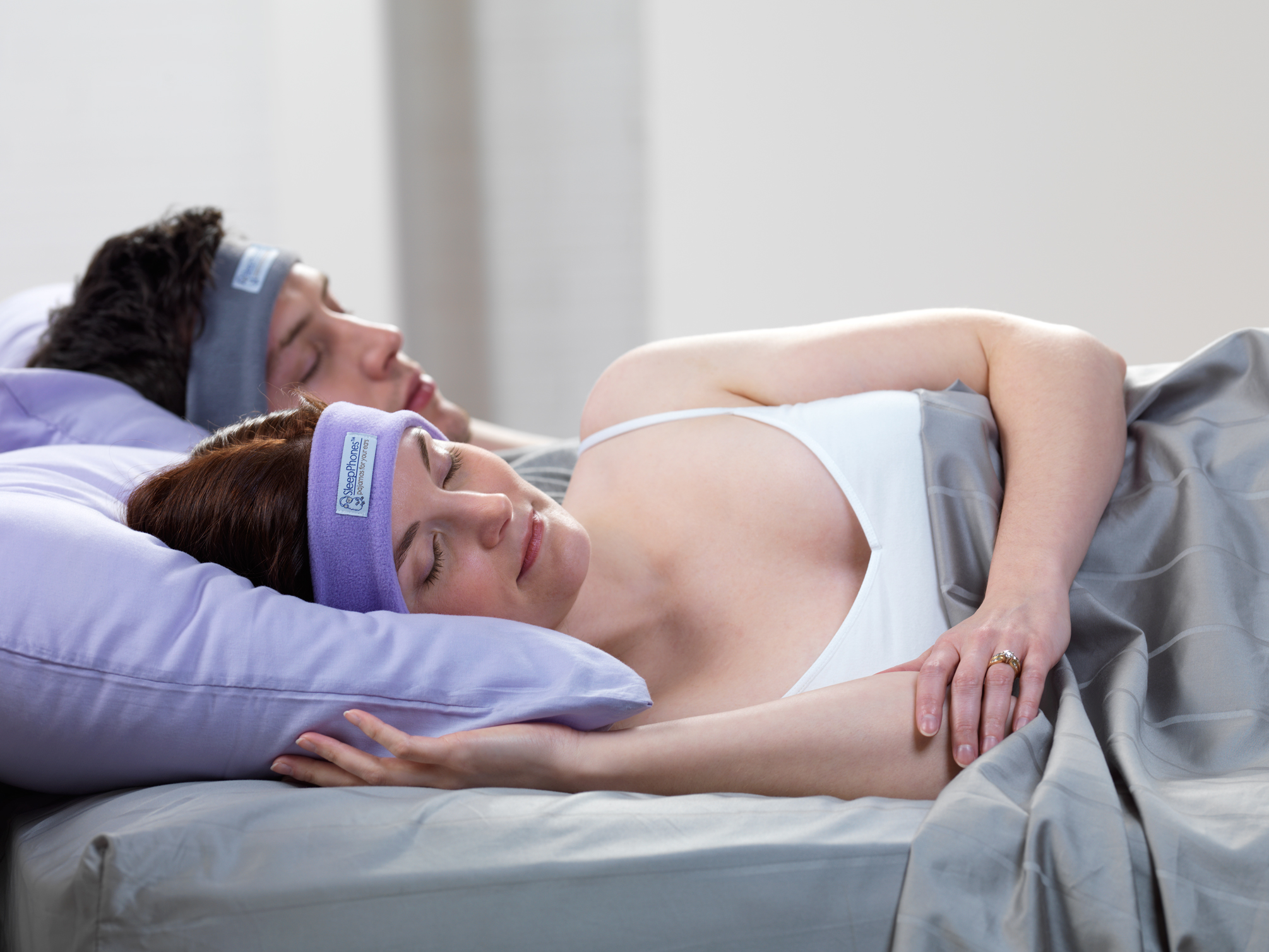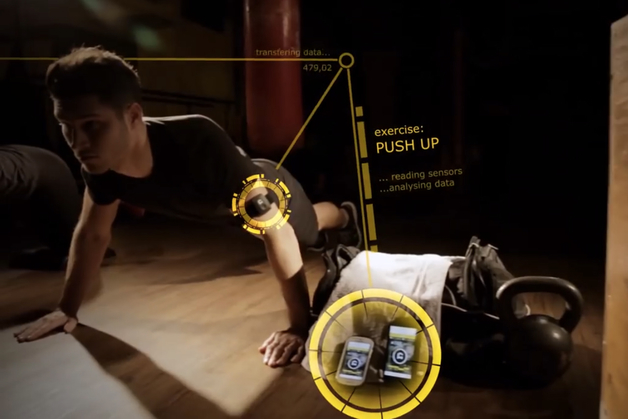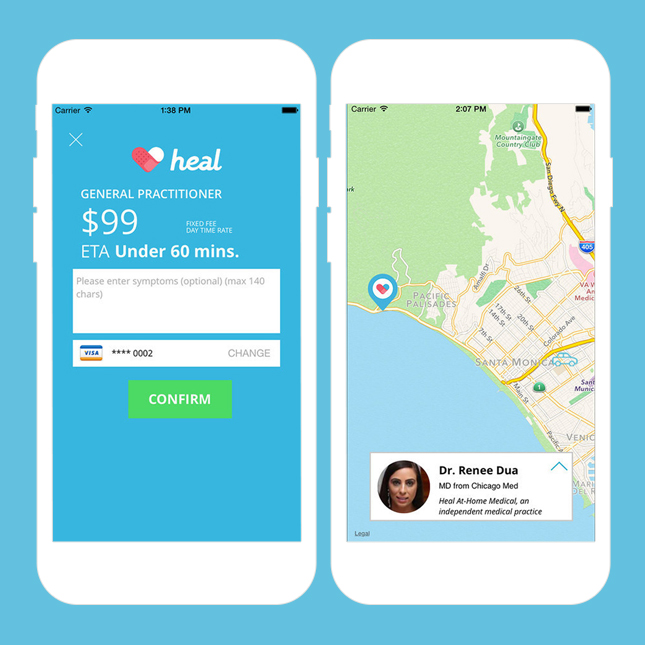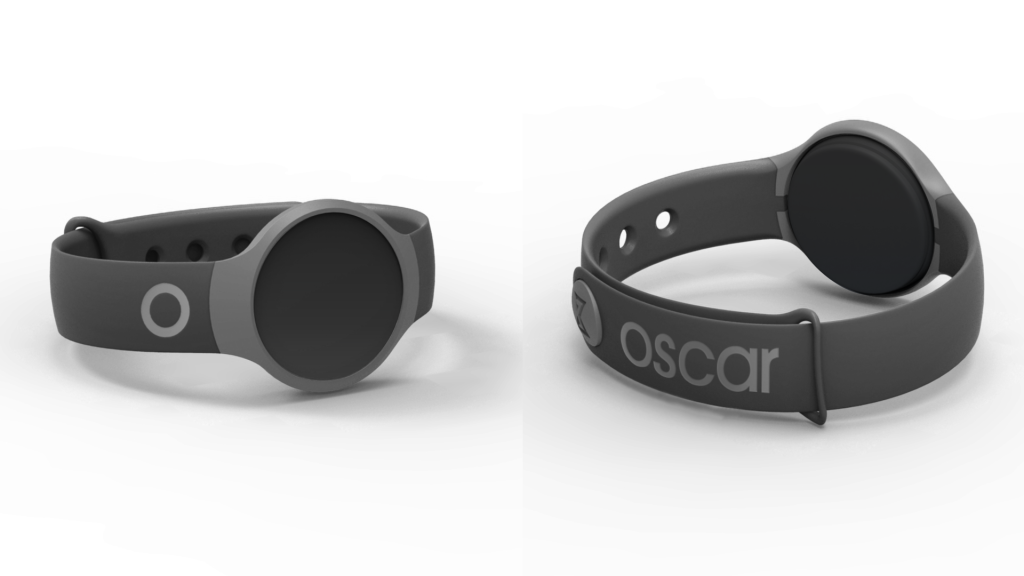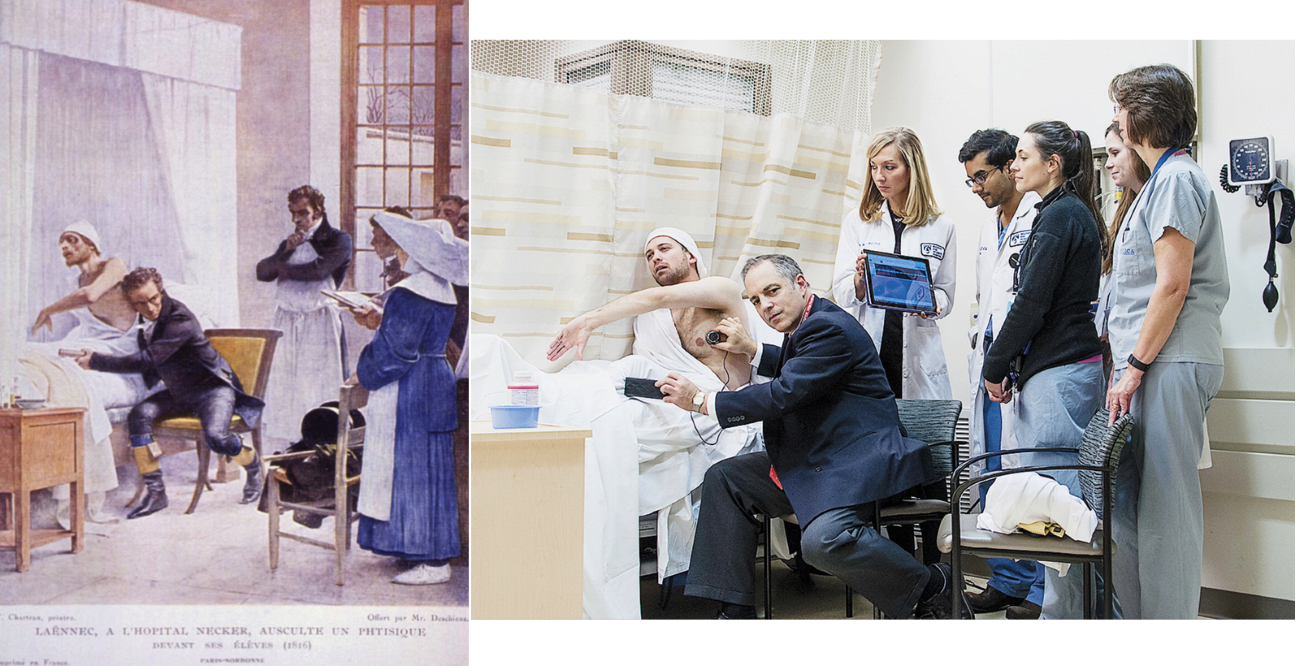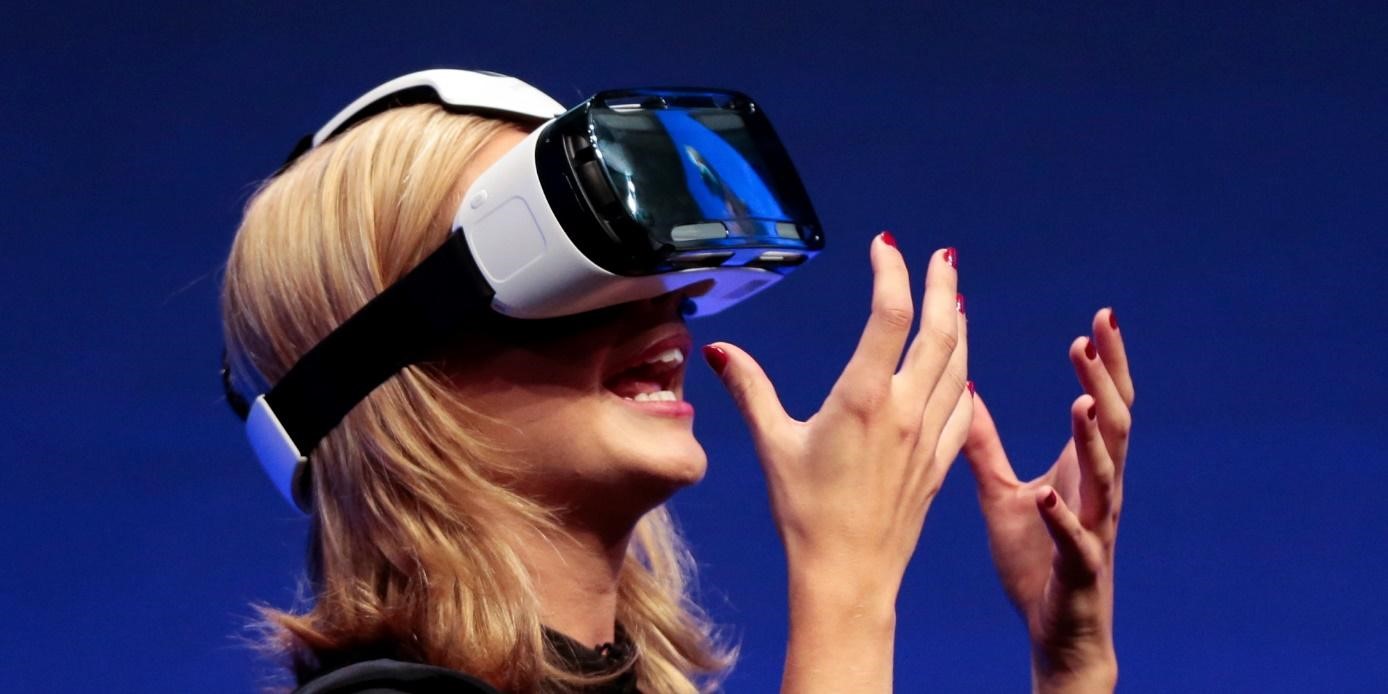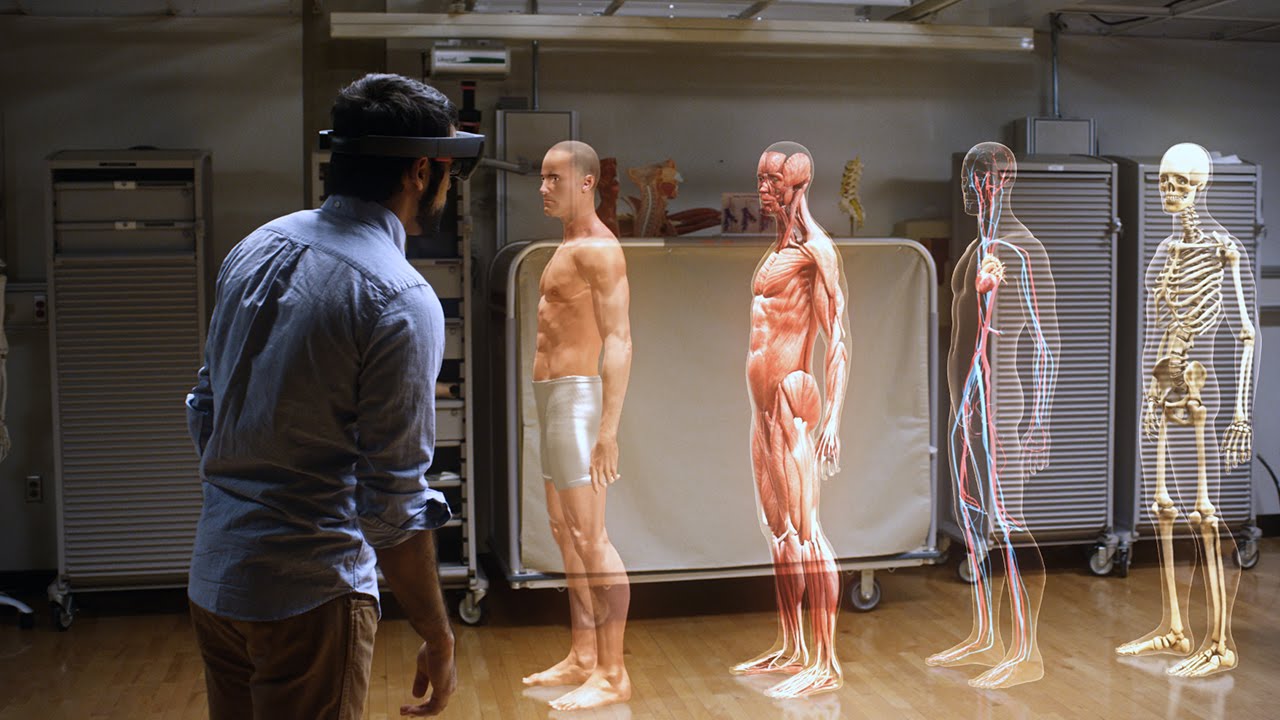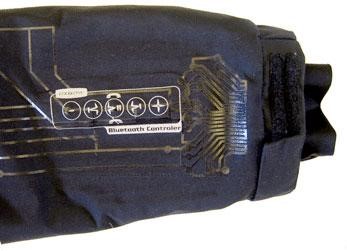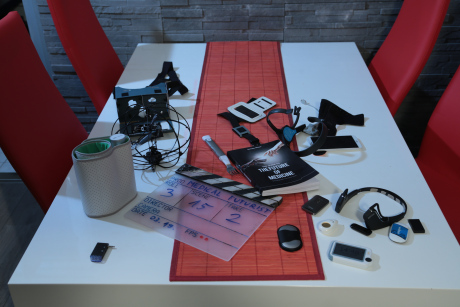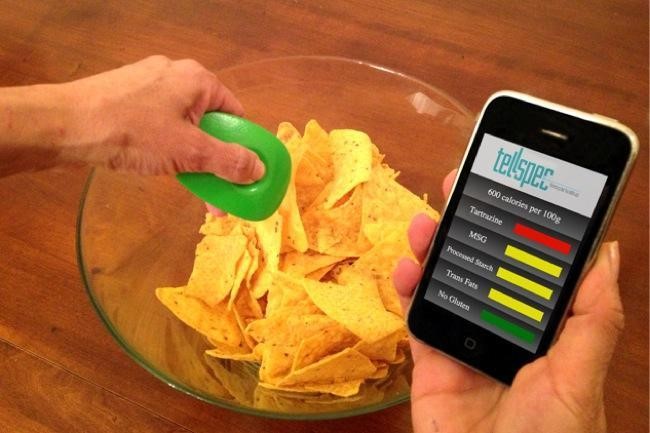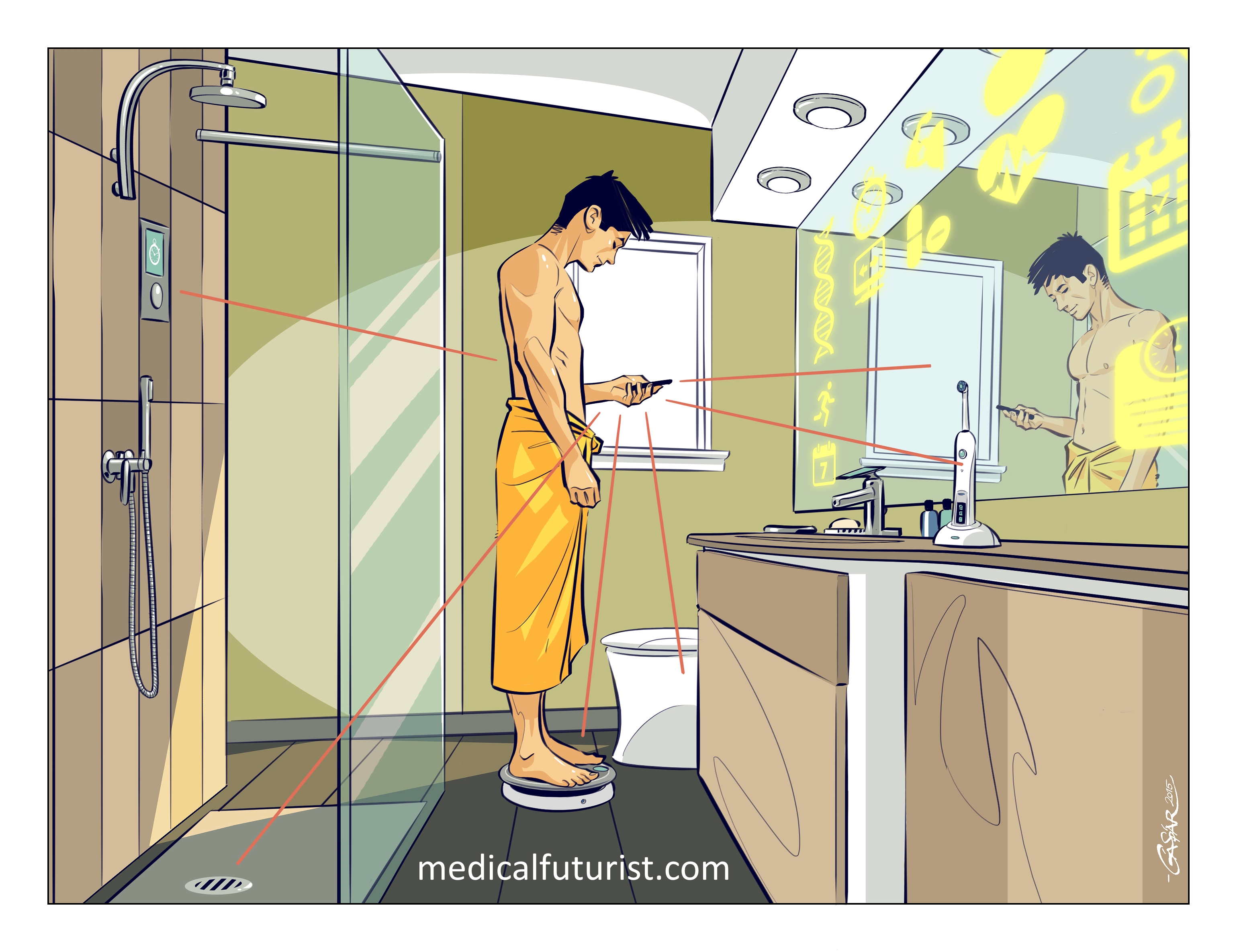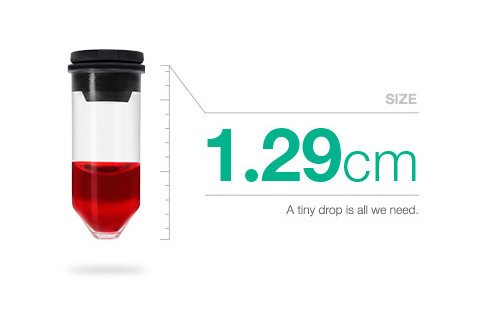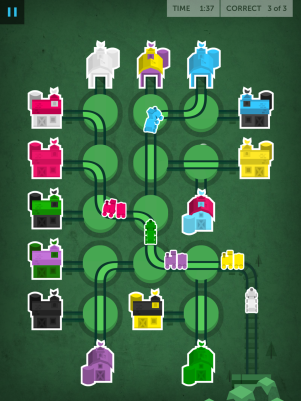NASA is set to send astronauts to orbit Mars and return them safely by the mid 2030s. And a manned landing on the Red Planet will soon follow. However, this work will be in vain if health technology does not advance.
My parents were members of the Apollo generation. The amazing accomplishment of putting men on the Moon defined their era, stretching the boundaries of what humanity can achieve. But after the last Moon landing, no more exciting breakthroughs emerged. Global attention to space declined. Until now.
Visionaries like Elon Musk and Richard Branson are making spaceflight exciting again – turning our children into the Mars generation. Indeed, NASA is set to send astronauts to orbit Mars and return them safely by the mid 2030s. And a manned landing on the Red Planet will soon follow. However, this work will be in vain if health technology does not advance.
THE HAZARDS OF GETTING MAN TO MARS

Image credit: NASA
The trip to Mars takes around seven months, which is a only a little longer than the time astronauts spend on the International Space Station; however, counting their mission, orbit around Mars, landing, and return, the journey will take years.
Spaceflight has a serious effect on astronauts. Variations in temperature and radiation levels, motion sickness, losing bone and muscle mass despite doing exercises, disruption of vision and taste…all of these cause health issues, not to mention the psychological consequences of space travel.
Unfortunately, today, our health can only be effectively monitored by sensors that, at the present time, fill a room. Treating an injury such as a broken bone—a simple matter on Earth—requires medical manufacturing capabilities, capabilities that we don’t have on the Red Planet.
The technologies we need to solve the aforementioned issues exist, but they are in their infancy. Telemedicine is inaccurate and unregulated; genome sequencing is used in the rarest of cases and only by top medical institutions; 3D printing in medicine is the playground of citizen scientists, but has yet to advance into a viable and effective method of treatment.
The sad fact is, we don’t stand a chance of getting to Mars without a booming digital health industry. With that in mind, here are the top inventions and technologies we need if we ever hope to make a new home for humanity on Mars.
3D PRINTERS THAT CAN CREATE EVERYTHING AVAILABLE IN A DOCTOR’S OFFICE
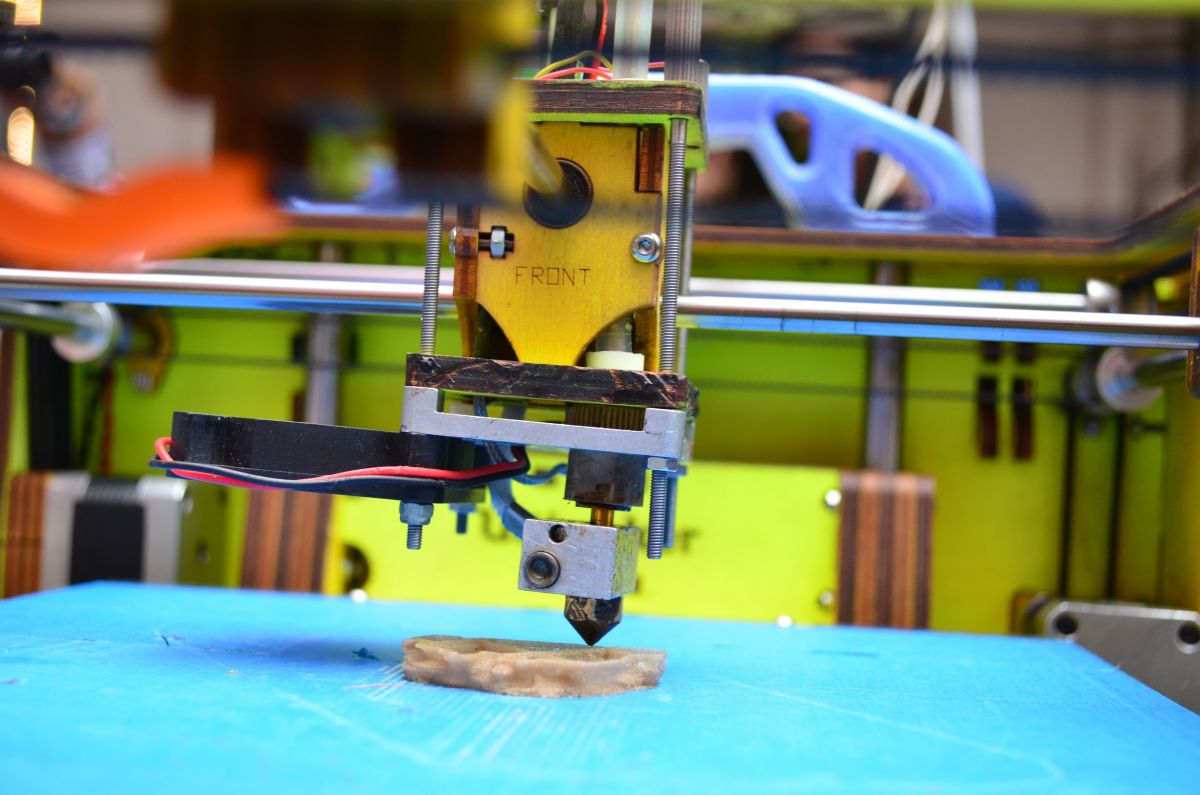
Printing with a 3D printer at Makers Party: Via WikiMedia
As astronauts will be alone and cannot bring all the supplies for a lengthy stay on the Red Planet, they will need printers that can print out medical equipment, prosthetics, and drugs on demand. Bringing the ingredients for these, and printing out what is needed on site, makes more sense than bringing a few types of equipment and drugs which could only help under limited circumstances.
Astronauts could establish manufacturing by designing printers that can print out other printers. The whole idea of 3D printing is going to be essential to them. It has been shown that customized prosthetics can be printed out, some forms of medical equipment, and even drug used in epilepsy. The basic examples are here already or trends seem to be pointing into this direction. So the future is looking bright.
WEARABLE AND IMPLANTED BODY SENSORS
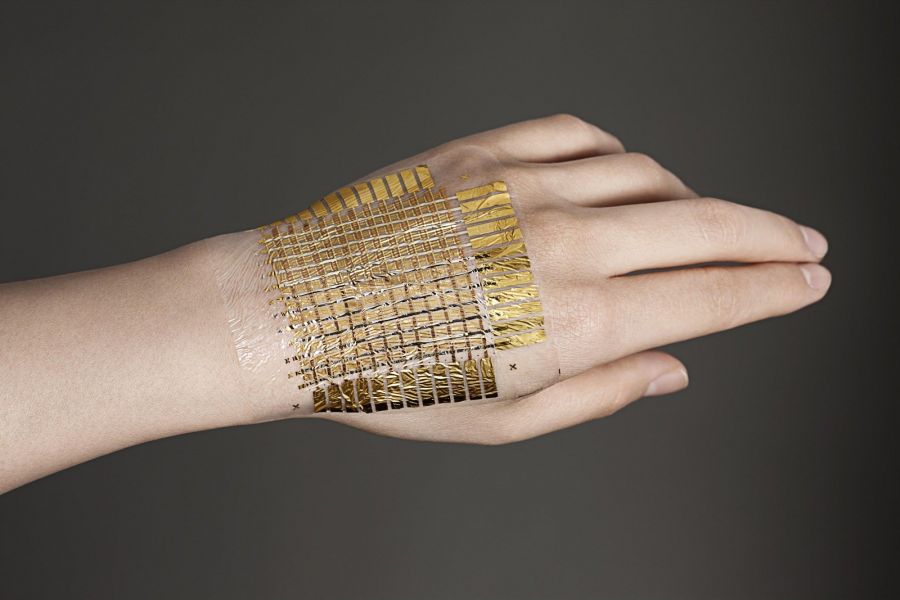
Credit: Professor Takao Someya
Forget smart clothes and devices that can measure your ECG or pulse with a smartphone. On a trip to Mars, every ounce of cargo matters. Without tiny sensors that can measure every important vital sign and health parameter, crew members will not be able to make medical decisions.
Today’s wearable trackers are big, get discharged quickly, and are hard to work with. Astronauts cannot rely on them. Digital tattoos and implanted microchips could do the job without the active participation of astronauts. These would measure every relevant parameter and let them know when there is something they should take care of. The Japanese Professor Someya has been developing such tattoos with his team; as well as the MC10 company.
FULL GENOMIC ANALYSIS TO IDENTIFY ASTRONAUTS’ HEALTH RISKS
Since they won’t have access to proper healthcare for years, knowing what major conditions the Martian astronauts might face would be highly beneficial, indeed, even necessary. A full genome sequencing, assisted by microbiome tests and other lab markers, will let physicians partially predict what major diseases they will probably encounter in their lives and what they can do to try to avoid most of them. This includes what diet to choose based on the types of bacteria they live with and what lab markers to regularly re-check to catch a disease before it would develop.
ARTIFICIAL INTELLIGENCE THAT CAN DRAW CONCLUSIONS FROM LIVE HEALTH DATA
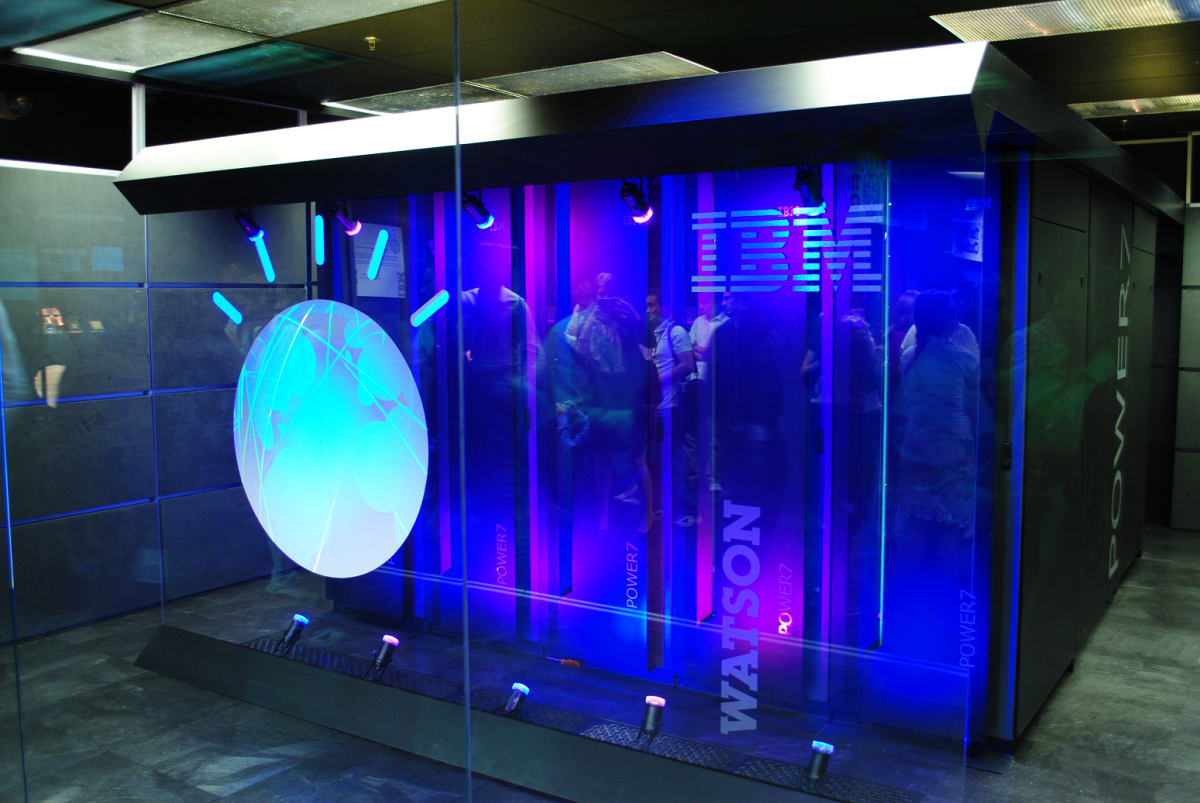
IBM’s Watson computer, Yorktown Heights, NY. Via: WikiMedia
No matter how sophisticated sensors are, measurements will not help with day-to-day issues unless there are smart algorithms that can make suggestions. Astronauts will have no constant contact with Earth, and they cannot have all the skills of an experienced physician, researcher, and data analyst.
Algorithms will do this job for them. This will help them get the most out of each day to exploit the theoretical limits of efficiency.
TELEMEDICAL SOLUTIONS THAT ALLOW REMOTE CARE
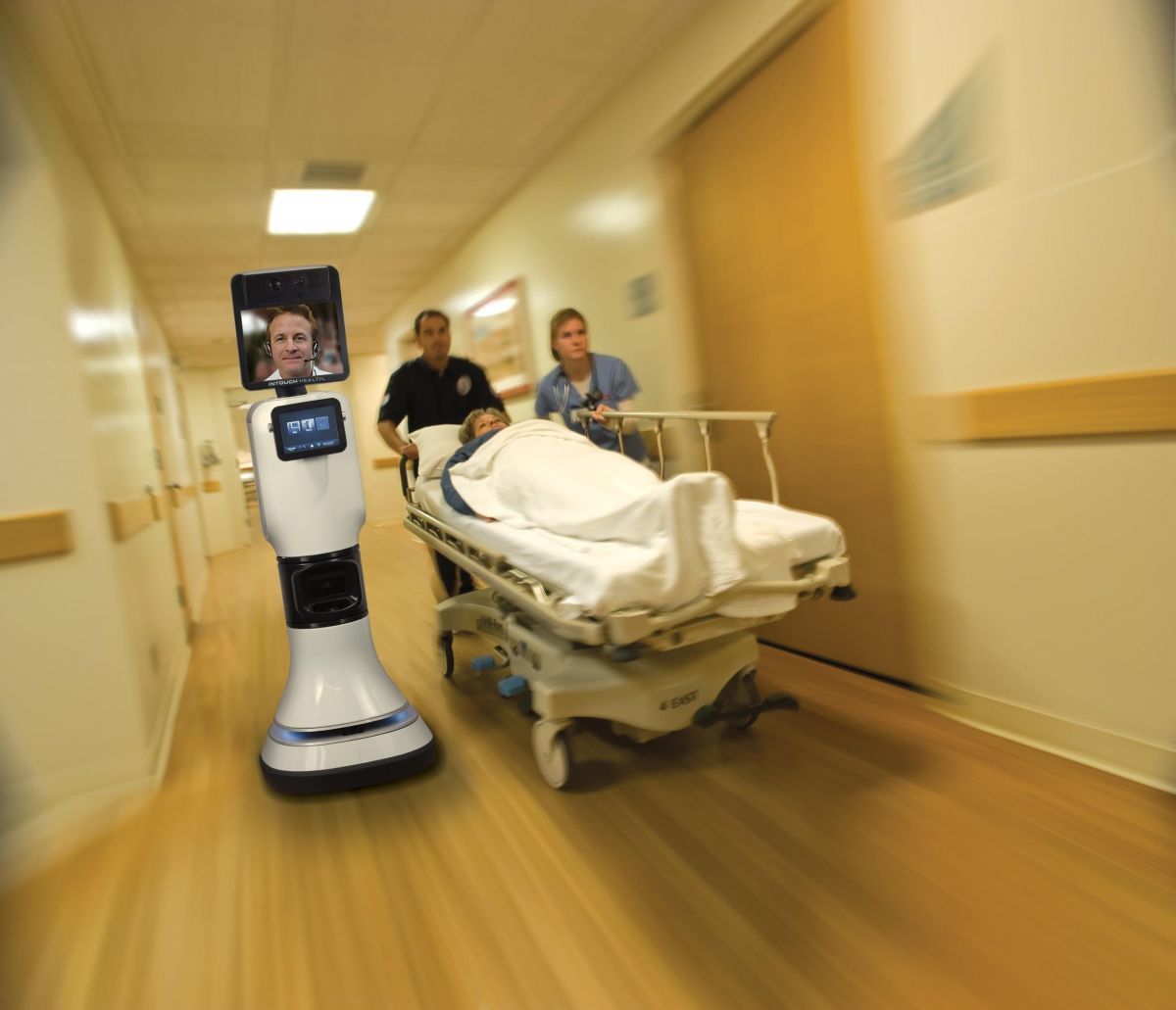
Image credit: ITouch
Even though the distance is big between physicians here and the crew on Mars, high quality communication with specialized caregivers on Earth will be an essential part of their care. As was mentioned, the distance and delay in communication will make it tricky, but from time to time, communication with a real doctor will be absolutely necessary.
While the future of smart algorithms used in healthcare is bright, human supervision will still be a crucial part of making sure they are on the right track. InTouch Health is a good example.
THIN EXOSKELETONS TO AUGMENT HUMAN STRENGTH AND POWER
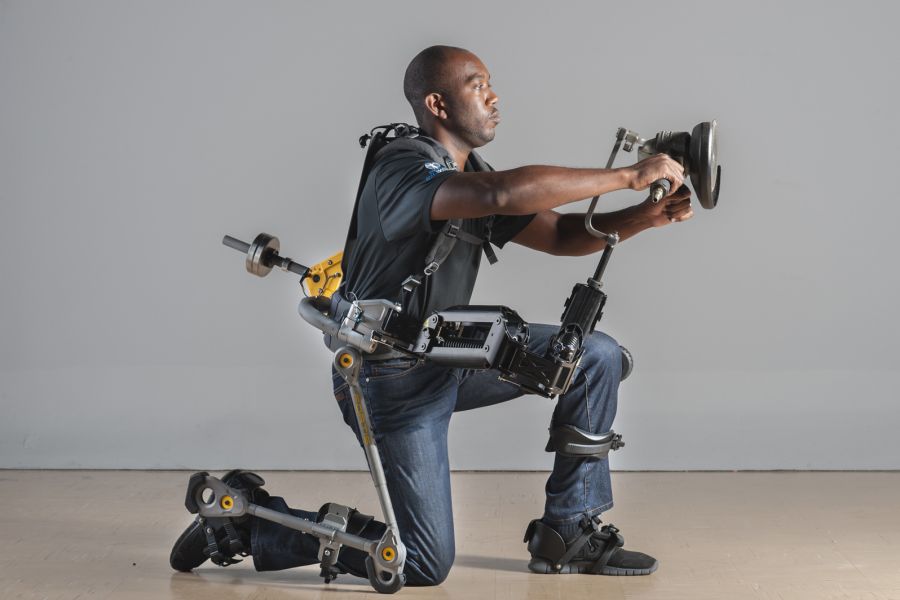
Fortis exoskeleton. Image credit: FORTIS
Lifting huge weights and working tirelessly for long hours will be must-have features on Mars, as astronauts will need to build a base camp. As exoskeletons get thinner and more comfortable, the crew on Mars will use them as frequently as the first astronauts used screwdrivers. Exoskeletons today can already let paralyzed people walk again; let soldiers not get tired of walking for hours or even run faster and jump higher. As long spaceflights weaken their muscles no matter how much they try to exercise in zero gravity, exoskeletons could supply them with the lost strength.
ENGINEERING IN BIOTECHNOLOGY
Astronauts will need to be able to partially engineer life. By life, I mean bacteria, yeast, and even their own immune system if needed. The new genome editing method, CRISPR, could play a major role in this. Systems involving engineering bacteria to produce hormones, antibiotics, or other materials would allow them to use nature as a manufacturing device, even to filter water or create the desired atmosphere. Community labs currently available in California and the iGem competitions have demonstrated in what a wide range of situations bioengineering can offer solutions.
SURGICAL ROBOTS THAT CAN BE OPERATED FROM A DISTANCE
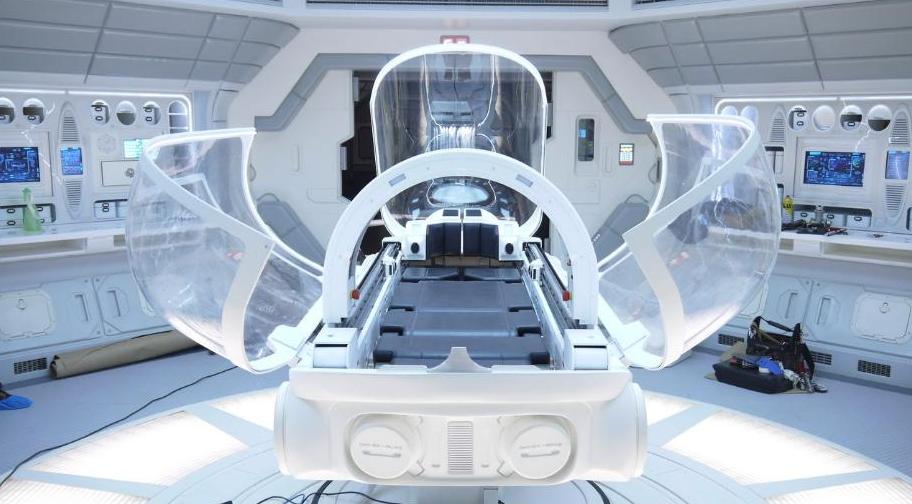
Image credit: Weyland
There will be cases, almost inevitably, when astronauts will need to undergo surgery. Current surgical robots that perform big operations are controlled by surgeons through a control panel. The movie Prometheus featured a surgical robot capsule that can perform the whole operation on its own. The Mars generation will require an invention somewhere in between. Surgeons on Earth could pre-plan every step, and the robot could perform those steps while being supervised with the time delay digitally.
I truly believe that humans are discoverers – and the next great enterprise is discovering the cosmos, starting with Mars. At first, the task will fall on a few brave people, and we have to make sure we can keep them safe, healthy, and functioning in an environment that is hostile to human life.
We need to upgrade their health with advancements in digital health to make this possible. Luckily, these breakthrough technologies are all within our reach.
Read more about health technologies we will need to reach Mars and how to start upgrading your own health in my new book, My Health: Upgraded,

